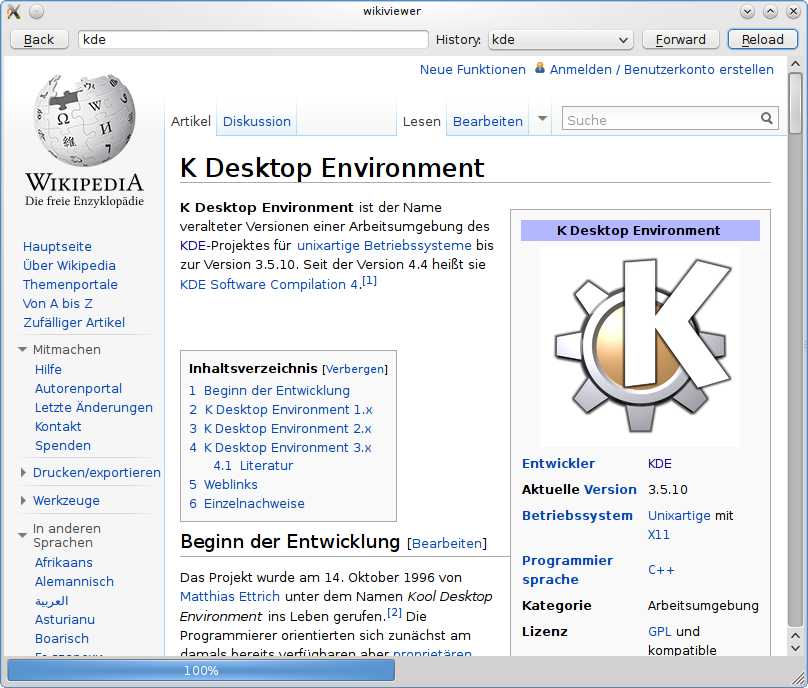KDE work day 5: Papers, presentations and sprints
Thursday, December 2nd, 2010Morning. Right now I’m in my bed after a busy day and crossing half of Switzerland. I’m in the south in the middle of the Alpes (with almost no snow down here in the valley) as I need to do some civil defence service tomorrow (some kind of substitute for the mandatory military service we (men) need to do in Switzerland). Anyway, that’s not really interesting (I hope the rest of the blog is more interesting for some of you ;-).
This morning at the university me and my collegue did a presentation about our project about a morphological API for KDE. The presentation went ok but I’m not really satisfied. And there is some code which I hope to publish in the next weeks and months. Not really sophisticated stuff but probably some nice ideas for inspiration. Finally it should become part of the Sonnet framework of KDE (there is some quite interesting stuff in playground as well).
Another KDE and university project of me ended yesterday when I handed in my paper about the KDE semantic clipboard and some proposals for solutions (I don’t want to publish it here right now but if you’re interested I can send it to you privately. Just send me an email to fux at the KDE server dot the shortcut of organisation). The project did not really end with this paper but with an oral test on the 16th of December. But that should work quite well. The project included no programming but I still hope to do some development on this thing in the new year.
And another thing of the next year is yet another meeting or sprint in Randa. After Tokamak 3 and the KDE multimedia meeting 2010 this will be the third spreenting (;-) I organize in Randa. The main topic or group which is going to work there at the beginning of June 2011 consists of KDE-Nepomuk people. I’m in contact with Sebastian Trueg and some other people and we hope to make KDE SC 4.8 the semantic desktop/Nepomuk release! Another group which could have a sprint there is the KDevelop/Kate team (you didn’t know, right?;-). And then there is another team or group. Mark Kretschmann of Amarok asked me to help organizing another multimedia meeting in Randa and as I don’t want to organize two of them in one year … There is enough space and we don’t yet fill the house ;-).
Lastly Aaron Seigo blogged about a KDE sprint manager. If you’re one of this guys or gals working on this thing, please include some name tag printer, financial integration (with e.g. Kraft or KMyMoney), reinbursement form support, accommodation night support and so on ;-).
Oh and right after my last blog (no connection) entry Vishesh Handa wrote about a nepomuk backup and syncing solution. BTW: Vishesh: Hope you’ll be in Randa next year!
Before I finish with an outlook to next week’s blog I’ve some ethical or moral problem for you to solve: as I estimate to invest one month of work time to organize this meeting I thought this year to put some allowance expense for me in the budget for the sprint (and some amount for the cook and helper!). If and when I find enough sponsors. Is this ok?
Next week I’ll write probably some more about the morphological API, about the progress of the sprint organization (this year I want to have a more formal registration system as it’s easier to organize with facts than with uncertainties and it was a wish in this year’s sprint evaluation) and what else next week? You’ll see. Good night, dear reader!


